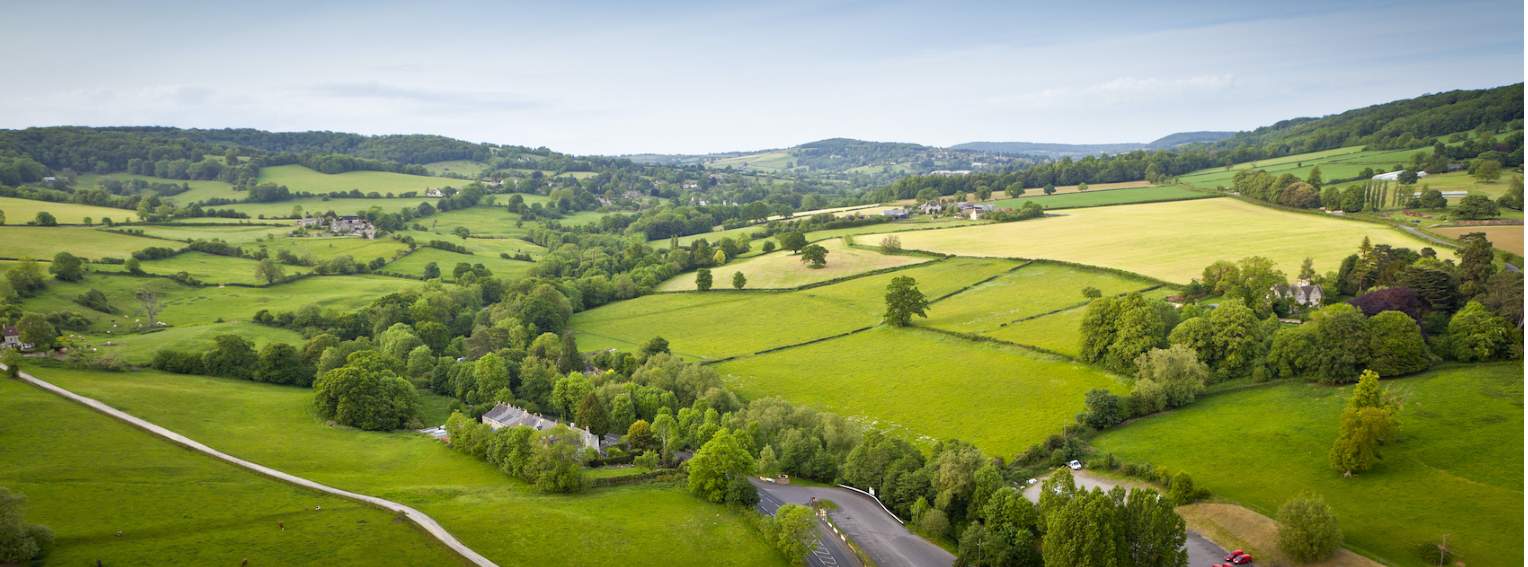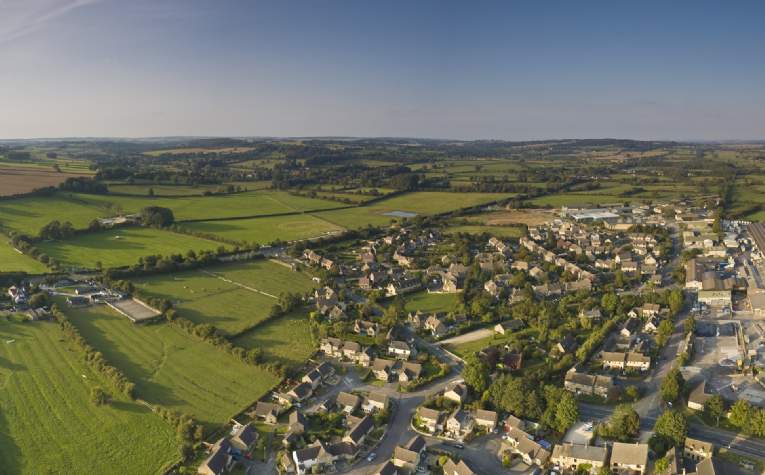Despite the record low offerings of 2019, publicly marketed farmland looks set for another record-breaking low in 2020, as the extent of the pandemic lockdown begins to show in market activity figures.
Across Britain, just 19,100 acres were publicly marketed to the end of May 2020, down 68 per cent on five and 10-year averages. The largest decrease was seen in Scotland where a total of just 2,600 acres were marketed, 77 per cent down on the 10-year average, while Wales showed only a 30 per cent decrease on the same metric with 2,500 acres advertised. England, making up 73 per cent of the farmland supply, was 67 per cent down for the year to 31 May at 14,000 acres.
The average size of farms marketed was also down, averaging 126 acres during the same period compared with the 10-year average of 205 acres.
The chart below shows the seasonality of farmland supply and tracks the extraordinarily low current supply.

.jpg)
.jpg)

.jpg)
.jpg)
.jpg)
.jpg)
.jpg)
.jpg)
